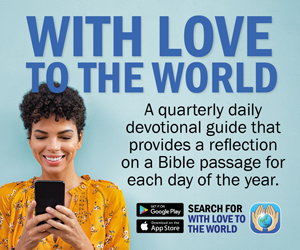In an era where various social media platforms have faced criticism for limiting news content, YouTube has announced an initiative aimed at creating a multi-platform news-watching experience. This effort seeks to assist viewers in 40 countries in discovering the latest stories from trusted sources.
With a focus on making credible news more accessible, YouTube has introduced a “watch page” and a “Shorts Innovation Program.” The watch page carefully curates content from what YouTube has identified as “authoritative sources”. This feature ensures that viewers have access to reliable news and recommends related videos to provide a well-rounded understanding of the topic at hand. The Shorts Innovation Program offers condensed news segments, allowing users to quickly catch up on the day’s news. Both of these initiatives are responses to the growing concern surrounding misinformation and the crucial need for reliable news sources in the digital age, where false information can spread rapidly.
In its news release, YouTube emphasised its commitment to connecting people with high-quality, trustworthy information, especially during times of elections, social unrest, conflict and natural disasters.
To make this initiative a reality, YouTube is collaborating with over 20 organisations from 10 different countries to bring reliable news to its viewers. However, only those with an established long-form video presence on YouTube were included in this partnership. Additionally, YouTube is investing $1.6 million into the Shorts Innovation Program for News.
This move by YouTube also comes in the wake of criticism aimed at other tech companies, such as Elon Musk’s X (formerly Twitter), for their challenges in curbing misinformation. YouTube’s decision to promote credible news sources can be seen as a response to the increased scrutiny placed on tech companies regarding their role in addressing misinformation.
However, this initiative also prompts questions about YouTube’s overall recommendation system. The platform frequently utilises algorithms to suggest content to users. With the introduction of the “watch page” and Shorts, YouTube essentially encourages users to turn to their dedicated news feature for reliable information while remaining cautious about news recommendations elsewhere on the platform. This raises the question of whether an algorithm can effectively distinguish between credible news sources and unreliable ones—a challenge that remains to be addressed.












